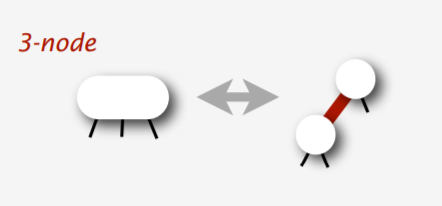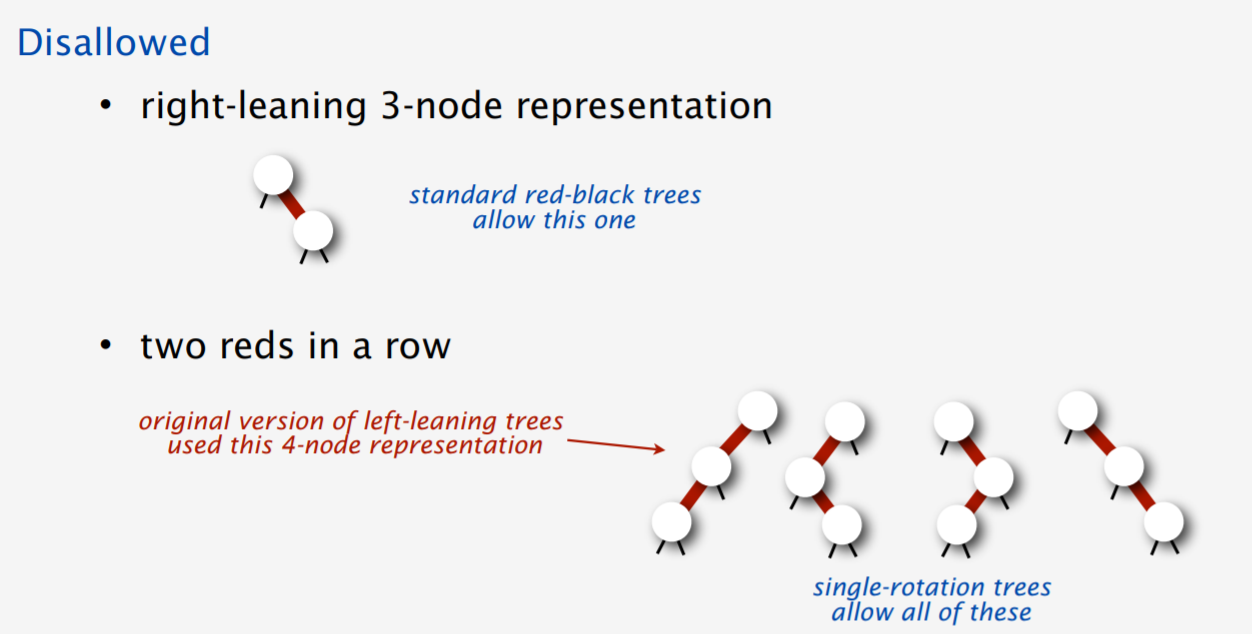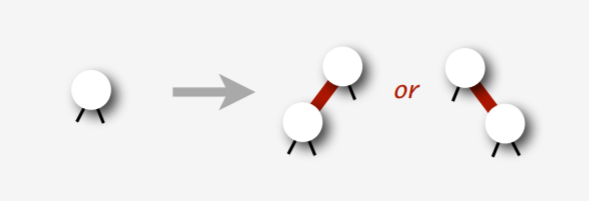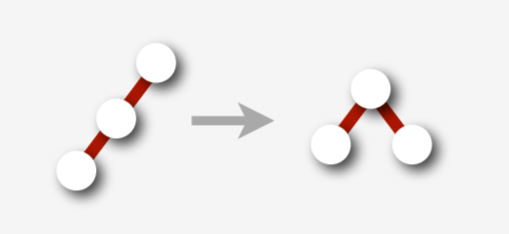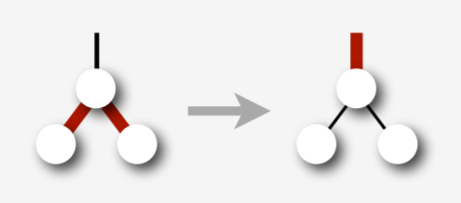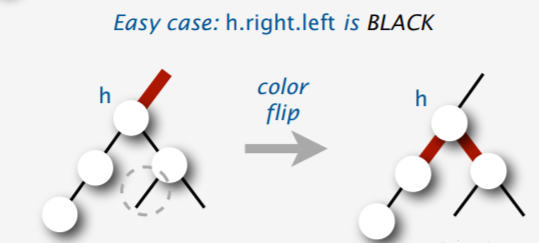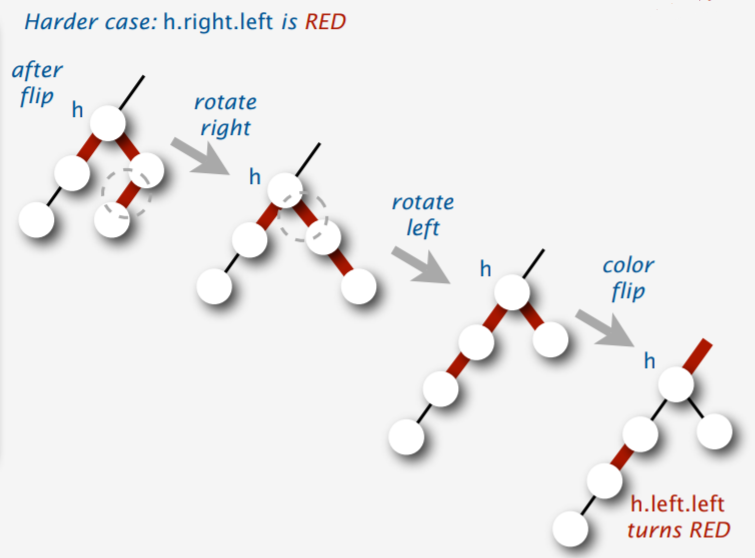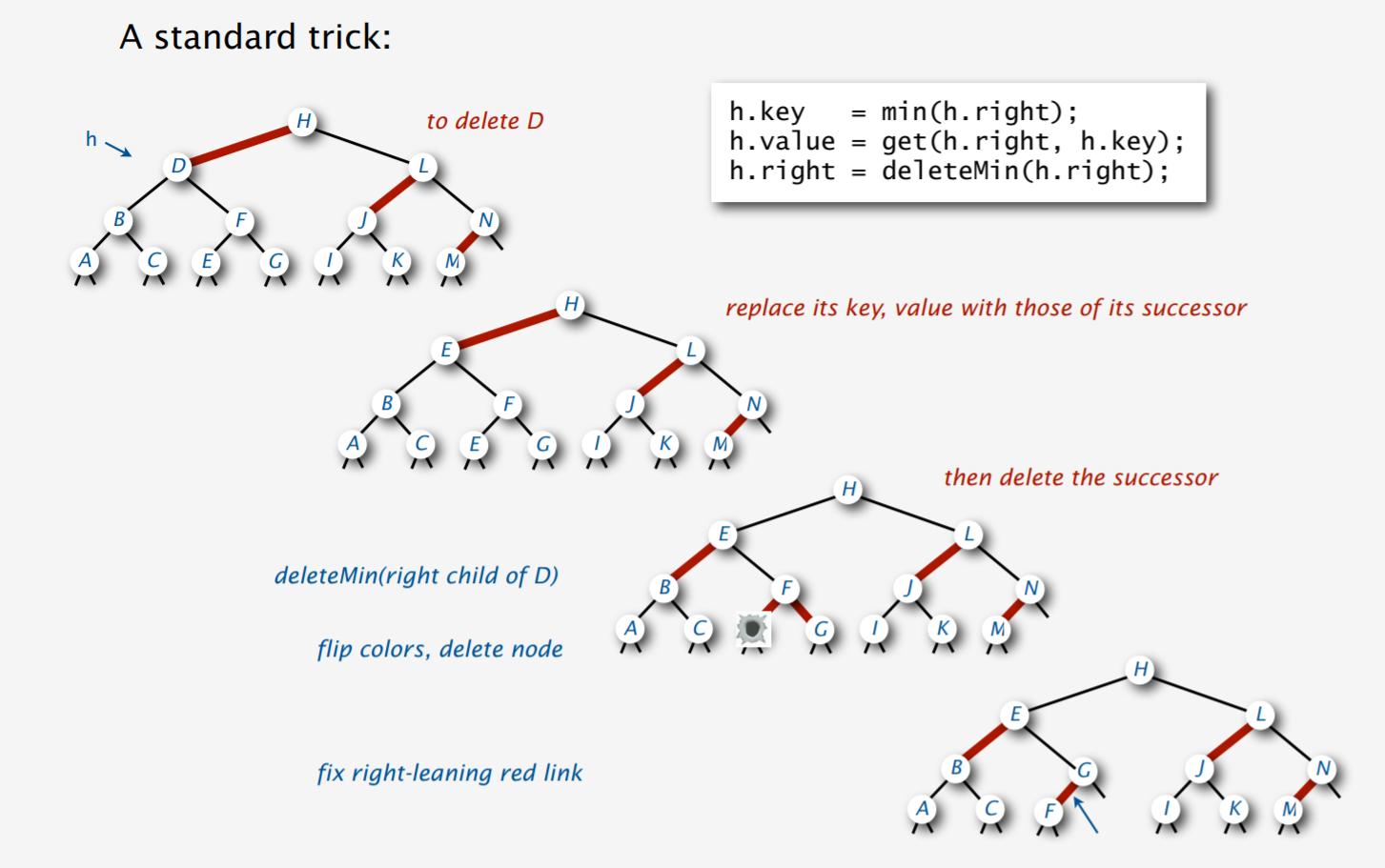1
2
3
4
5
6
7
8
9
10
11
12
13
14
15
16
17
18
19
20
21
22
23
24
25
26
27
28
29
30
31
32
33
34
35
36
37
38
39
40
41
42
43
44
45
46
47
48
49
50
51
52
53
54
55
56
57
58
59
60
61
62
63
64
65
66
67
68
69
70
71
72
73
74
75
76
77
78
79
80
81
82
83
84
85
86
87
88
89
90
91
92
93
94
95
96
97
98
99
100
101
102
103
104
105
106
107
108
109
110
111
112
113
114
115
116
117
118
119
120
121
122
123
124
125
126
127
128
129
130
131
132
133
134
135
136
137
138
139
140
141
142
143
144
145
146
147
148
149
150
151
152
153
154
155
156
157
158
159
160
161
162
163
164
165
166
167
168
169
170
171
172
173
174
175
176
177
178
179
180
181
182
183
184
185
186
187
188
189
190
191
192
193
194
195
196
197
198
199
200
201
202
203
204
205
206
207
208
209
210
211
212
213
214
215
216
217
218
219
220
221
222
223
224
225
226
227
228
229
230
231
232
233
234
235
236
237
238
239
240
241
242
243
244
245
246
247
248
249
250
251
252
253
254
255
256
257
258
259
260
261
262
263
264
265
266
267
268
269
270
271
272
273
274
275
276
277
278
279
280
281
282
283
284
285
286
287
288
289
290
291
292
293
294
295
296
297
298
299
300
301
302
303
304
305
306
307
308
309
310 | #include <algorithm>
#include <memory>
#include <vector>
template <class Key, class Compare = std::less<Key>>
class Set {
private:
enum NodeColor { kBlack = 0, kRed = 1 };
struct Node {
Key key;
Node *lc{nullptr}, *rc{nullptr};
size_t size{0};
NodeColor color; // the color of the parent link
Node(Key key, NodeColor color, size_t size)
: key(key), color(color), size(size) {}
Node() = default;
};
void destroyTree(Node *root) const {
if (root != nullptr) {
destroyTree(root->lc);
destroyTree(root->rc);
root->lc = root->rc = nullptr;
delete root;
}
}
bool is_red(const Node *nd) const {
return nd == nullptr ? false : nd->color; // kRed == 1, kBlack == 0
}
size_t size(const Node *nd) const { return nd == nullptr ? 0 : nd->size; }
Node *rotate_left(Node *node) const {
// left rotate a red link
// <1> <2>
// / \\ // \
// * <2> ==> <1> *
// / \ / \
// * * * *
Node *res = node->rc;
node->rc = res->lc;
res->lc = node;
res->color = node->color;
node->color = kRed;
res->size = node->size;
node->size = size(node->lc) + size(node->rc) + 1;
return res;
}
Node *rotate_right(Node *node) const {
// right rotate a red link
// <1> <2>
// // \ / \\
// <2> * ==> * <1>
// / \ / \
// * * * *
Node *res = node->lc;
node->lc = res->rc;
res->rc = node;
res->color = node->color;
node->color = kRed;
res->size = node->size;
node->size = size(node->lc) + size(node->rc) + 1;
return res;
}
NodeColor neg_color(NodeColor n) const { return n == kBlack ? kRed : kBlack; }
void color_flip(Node *node) const {
node->color = neg_color(node->color);
node->lc->color = neg_color(node->lc->color);
node->rc->color = neg_color(node->rc->color);
}
Node *insert(Node *root, const Key &key) const;
Node *delete_arbitrary(Node *root, Key key) const;
Node *delete_min(Node *root) const;
Node *move_red_right(Node *root) const;
Node *move_red_left(Node *root) const;
Node *fix_up(Node *root) const;
const Key &get_min(Node *root) const;
void serialize(Node *root, std::vector<Key> *) const;
void print_tree(Set::Node *root, int indent) const;
Compare cmp_ = Compare();
Node *root_{nullptr};
public:
using KeyType = Key;
using ValueType = Key;
using SizeType = std::size_t;
using DifferenceType = std::ptrdiff_t;
using KeyCompare = Compare;
using ValueCompare = Compare;
using Reference = Key &;
using ConstReference = const Key &;
Set() = default;
Set(Set &) = default;
Set(Set &&) noexcept = default;
~Set() { destroyTree(root_); }
SizeType size() const;
SizeType count(const KeyType &key) const;
SizeType erase(const KeyType &key);
void clear();
void insert(const KeyType &key);
bool empty() const;
std::vector<Key> serialize() const;
void print_tree() const;
};
template <class Key, class Compare>
typename Set<Key, Compare>::SizeType Set<Key, Compare>::count(
ConstReference key) const {
Node *x = root_;
while (x != nullptr) {
if (key == x->key) return 1;
if (cmp_(key, x->key)) // if (key < x->key)
x = x->lc;
else
x = x->rc;
}
return 0;
}
template <class Key, class Compare>
typename Set<Key, Compare>::SizeType Set<Key, Compare>::erase(
const KeyType &key) {
if (count(key) > 0) {
if (!is_red(root_->lc) && !(is_red(root_->rc))) root_->color = kRed;
root_ = delete_arbitrary(root_, key);
if (root_ != nullptr) root_->color = kBlack;
return 1;
} else {
return 0;
}
}
template <class Key, class Compare>
void Set<Key, Compare>::clear() {
destroyTree(root_);
root_ = nullptr;
}
template <class Key, class Compare>
void Set<Key, Compare>::insert(const KeyType &key) {
root_ = insert(root_, key);
root_->color = kBlack;
}
template <class Key, class Compare>
bool Set<Key, Compare>::empty() const {
return size(root_) == 0;
}
template <class Key, class Compare>
typename Set<Key, Compare>::Node *Set<Key, Compare>::insert(
Set::Node *root, const Key &key) const {
if (root == nullptr) return new Node(key, kRed, 1);
if (root->key == key)
;
else if (cmp_(key, root->key)) // if (key < root->key)
root->lc = insert(root->lc, key);
else
root->rc = insert(root->rc, key);
return fix_up(root);
}
template <class Key, class Compare>
typename Set<Key, Compare>::Node *Set<Key, Compare>::delete_min(
Set::Node *root) const {
if (root->lc == nullptr) {
delete root;
return nullptr;
}
if (!is_red(root->lc) && !is_red(root->lc->lc)) {
// make sure either root->lc or root->lc->lc is red
// thus make sure we will delete a red node in the end
root = move_red_left(root);
}
root->lc = delete_min(root->lc);
return fix_up(root);
}
template <class Key, class Compare>
typename Set<Key, Compare>::Node *Set<Key, Compare>::move_red_right(
Set::Node *root) const {
color_flip(root);
if (is_red(root->lc->lc)) { // assume that root->lc != nullptr when calling
// this function
root = rotate_right(root);
color_flip(root);
}
return root;
}
template <class Key, class Compare>
typename Set<Key, Compare>::Node *Set<Key, Compare>::move_red_left(
Set::Node *root) const {
color_flip(root);
if (is_red(root->rc->lc)) {
// assume that root->rc != nullptr when calling this function
root->rc = rotate_right(root->rc);
root = rotate_left(root);
color_flip(root);
}
return root;
}
template <class Key, class Compare>
typename Set<Key, Compare>::Node *Set<Key, Compare>::fix_up(
Set::Node *root) const {
if (is_red(root->rc) && !is_red(root->lc)) // fix right leaned red link
root = rotate_left(root);
if (is_red(root->lc) &&
is_red(root->lc->lc)) // fix doubly linked left leaned red link
// if (root->lc == nullptr), then the second expr won't be evaluated
root = rotate_right(root);
if (is_red(root->lc) && is_red(root->rc))
// break up 4 node
color_flip(root);
root->size = size(root->lc) + size(root->rc) + 1;
return root;
}
template <class Key, class Compare>
const Key &Set<Key, Compare>::get_min(Set::Node *root) const {
Node *x = root;
// will crash as intended when root == nullptr
for (; x->lc != nullptr; x = x->lc);
return x->key;
}
template <class Key, class Compare>
typename Set<Key, Compare>::SizeType Set<Key, Compare>::size() const {
return size(root_);
}
template <class Key, class Compare>
typename Set<Key, Compare>::Node *Set<Key, Compare>::delete_arbitrary(
Set::Node *root, Key key) const {
if (cmp_(key, root->key)) {
// key < root->key
if (!is_red(root->lc) && !(is_red(root->lc->lc)))
root = move_red_left(root);
// ensure the invariant: either root->lc or root->lc->lc (or root and
// root->lc after dive into the function) is red, to ensure we will
// eventually delete a red node. therefore we will not break the black
// height balance
root->lc = delete_arbitrary(root->lc, key);
} else {
// key >= root->key
if (is_red(root->lc)) root = rotate_right(root);
if (key == root->key && root->rc == nullptr) {
delete root;
return nullptr;
}
if (!is_red(root->rc) && !is_red(root->rc->lc)) root = move_red_right(root);
if (key == root->key) {
root->key = get_min(root->rc);
root->rc = delete_min(root->rc);
} else {
root->rc = delete_arbitrary(root->rc, key);
}
}
return fix_up(root);
}
template <class Key, class Compare>
std::vector<Key> Set<Key, Compare>::serialize() const {
std::vector<int> v;
serialize(root_, &v);
return v;
}
template <class Key, class Compare>
void Set<Key, Compare>::serialize(Set::Node *root,
std::vector<Key> *res) const {
if (root == nullptr) return;
serialize(root->lc, res);
res->push_back(root->key);
serialize(root->rc, res);
}
template <class Key, class Compare>
void Set<Key, Compare>::print_tree(Set::Node *root, int indent) const {
if (root == nullptr) return;
print_tree(root->lc, indent + 4);
std::cout << std::string(indent, '-') << root->key << std::endl;
print_tree(root->rc, indent + 4);
}
template <class Key, class Compare>
void Set<Key, Compare>::print_tree() const {
print_tree(root_, 0);
}
|
